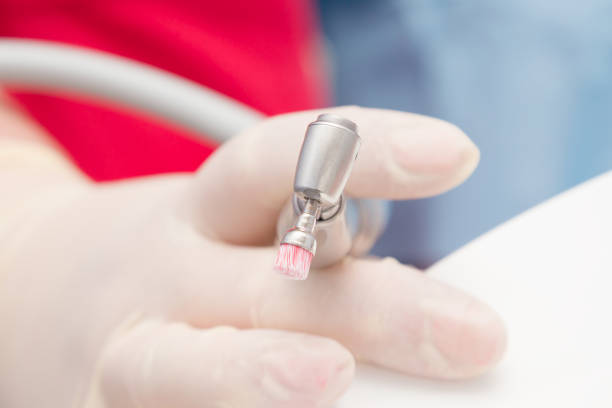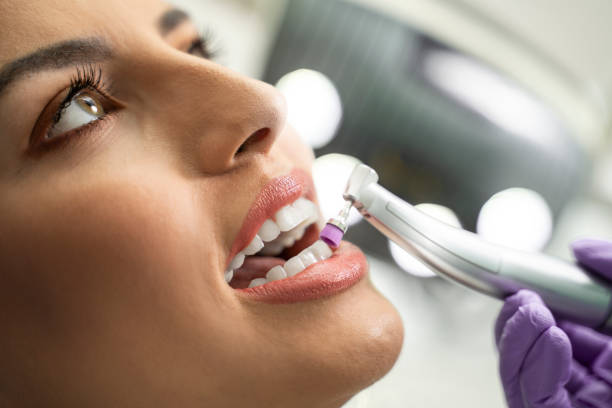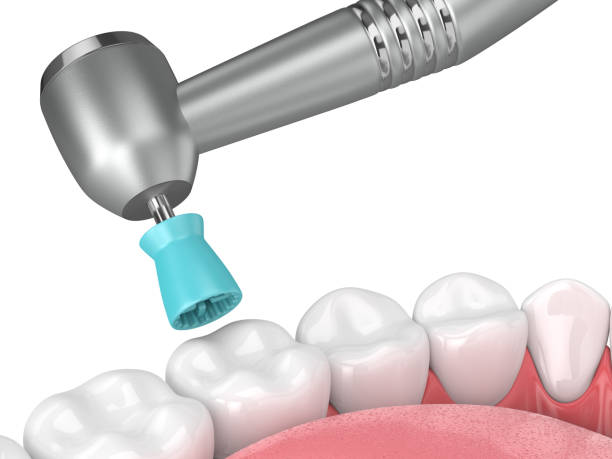Tooth polishing is a dental procedure to keep your teeth healthy. Additionally, it helps teeth appear whiter, stain-free, and shiny. This procedure improves dental health and aesthetics of the teeth, and it can freshen your breath and help you avoid tooth decay, when paired with dental scaling.
Benefits of tooth polishing
✅Prevents cavities
Plaque eats away the tooth enamel. If left unattended, it can lead to tooth cavities. Tooth polishing can remove the whitish film on your teeth. Having less plaque can protect your tooth enamel, which cannot be completely restored after it has been worn away.
✅Freshens breath
Regular polishing can prevent persistent unpleasant breath. It can minimize bad breath from your mouth.
✅Prevents tooth loss
Accumulation of plaque causes gum disease and tooth loss. Gum disease causes the teeth to become loose and finally fall out by destroying the jaw's supporting bone.
✅Improves overall health
Frequent teeth polishing can help reduce the risk of developing heart-related illnesses. Tooth polishing can help detect early signs of underlying heart disease.

Types of tooth polishing
➡️Therapeutic polishing
Many a times during a dental surgical procedure, the cementum covering the root is exposed. Therapeutic polishing aids in clearing the surface of cementum of any microflora and endotoxins.
➡️Coronal/cosmetic polishing
This type of polishing can remove the plaque and superficial dental stains. Superfine abrasive agents are used to make the enamel (outer layer covering the crown of the tooth) lustrous. Enamel surface is polished to an extent that it can even reflect the visible light.
➡️Superficial polishing
This technique polishes the crown of the tooth. However, this technique has nominal curative benefits, and it is largely used to improve the aesthetic appearance of the teeth.
➡️Selective polishing
Selective polishing is also termed as extrinsic stain removal or selective stain removal. Following a scaling procedure, this polishing technique is advised since it gets rid of any remaining stains.
Which kinds of stains can be removed by tooth polishing?
There are two types of dental stains: endogenous stains and exogenous stains.
-Endogenous stains are internal stains which are brought on by dental defects such as developmental or drug-induced enamel hypoplasia.
-Exogenous stains are external stains, which brought on by poor dental habits and smoking.
Tooth polishing is beneficial in removing only the exogenous stains, and cannot remove the internal or endogenous stains.
Steps for tooth polishing
Step 1️⃣: Your teeth are inspected for decay and weak spots in the enamel.
Step 2️⃣: Plaque and tartar are scraped from the surface of your teeth in a process called scaling.
Step 3️⃣: Your teeth are then buffed and polished to remove staining before being flossed and topped with a protective coat of fluoride.

Precautions for tooth polishing
Scaling and polishing are advised every six months to maintain teeth shiny and healthy. Periodontal disease sufferers are advised to polish their teeth every two months.
If a patient has sensitive teeth or has severe erosion, cup polishing is the best, as it’s less aggressive. Routine cleaning should include scaling, flossing, and polishing to prevent tooth decay. Additionally, patients Patients with respiratory conditions should also avoid having their teeth polished. Finally, those allergic to the abrasive agents should avoid teeth whitening procedures.



